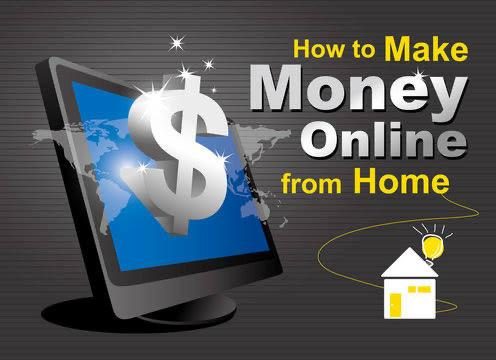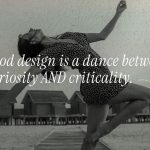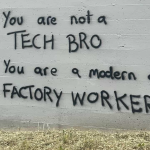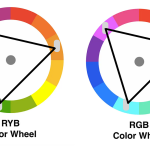How might we (Exploring possibility through the lens of curiosity)
- Outcome: What’s the intended benefit?
- Consequences: What are the expected short- or medium-term benefits?
- Ripple effects: What are long-term or wider impacts (e.g. social, environmental, ethical)?
- The price: Who gains?
- Reframe: How might we amplify the good?
At what cost (exploring responsibility through the lens of criticality)
- Outcome: What might go wrong? What risks or harms might emerge?
- Consequences: What are potential short- or medium-term risks or downsides?
- Ripple effects:Who might be harmed in the long run? What systems might be stressed?
- The price: Who pays for it (people, ecosystems, cultures, futures)?
- Reframe: How might we reduce the harm or rebalance the trade-off?
By asking yourself “How Might We” along with “At What Cost” you will gain clarity on who stands to gain or lose, what trade-offs might exist, and how you could amplify positive impacts while reducing negative ones.
As designers, we are responsible for the intended and unintended consequences of our work. Or like Kate Holmes says in the book Mismatch — How inclusion Shapes design, designers should be “making intentional choices, over risking an unintentional harm.”
It’s profoundly challenging to tell a client “no,” especially when they’ve invested years of work and resources into a project. The traditional client-designer relationship often positions the paying client as our primary focus — we’re hired to execute their vision, not question it. However, I believe designers have an ethical responsibility to look deeper and expand wider. Our ultimate goal should be to serve the people who will use our designs. We have a responsibility towards them first and foremost. And then of course, we have a responsibility towards the planet that supports us all. Ideally, clients goals and the needs of people and the planet align. In the end, clients make solutions for people and we all need the planet to survive, but this is not always the case.
This perspective aligns with John Thackara’s critique of the risk management industry in his post Oil-Powered Thinking. He observes that despite the proliferation of risk management consultants, “the world is not, to put it mildly, a safer place.” Why? Because these consultants “do not, by and large, advise their clients not to take risky actions. On the contrary: their job is to make it possible for their client to take those actions anyway — but to make sure someone else pays for any negative consequences.”
This pattern repeats across industries: someone else — often the most vulnerable — pays for the consequences of our innovations and good intentions. We see this clearly in the sustainability sector, where electric vehicles may reduce carbon emissions in wealthy countries like Sweden, while the environmental and social impacts of mineral extraction are materialized in communities and climate disasters in distant countries. Sometimes we’re simply unaware of these consequences, but often our focus on short-term profits blinds us to long-term impacts.
Today, we’ve explored the unintended consequences of rapid innovation, the ethical responsibilities of designers and entrepreneurs, and ways we can account for harm before it happens.
As designers and creators, we stand at a critical crossroads. Our work has the power to transform lives, but also the potential to cause unintended harm. The question isn’t whether we should innovate, but rather how we can innovate responsibly.
The story of Sewell reminds us that the stakes are high. When we design digital experiences, products, or services, we’re not just creating things — we’re influencing lives, cultures, and behaviors. This is a privilege to design and something that we should not take lightly. The responsibility that comes with this power demands that we slow down, ask harder questions, and develop the courage to say “no” when the potential for harm outweighs the benefits.
I believe in a design future where like Arturo Escobar writes in Designs for the pluriverse:
“Might a new breed of designers come to be thought of as transition activists? If this were to be the case, they would have to walk hand in hand with those who are protecting and redefining well-being, life projects, territories, local economies, and communities worldwide.”
As we navigate interconnected crises — from climate change to mental health, from systemic discrimination to technological harm, let’s commit to this balance of curiosity and criticality. Let’s create solutions that don’t just solve problems, but do so without creating new ones. And let’s listen to Sewell’s mom and stop moving fast and break things when it comes to our kids (and anyone else for that matter). Let’s look at problems both with curiosity and criticality, asking not just “How might we?” but also “At what cost?”




